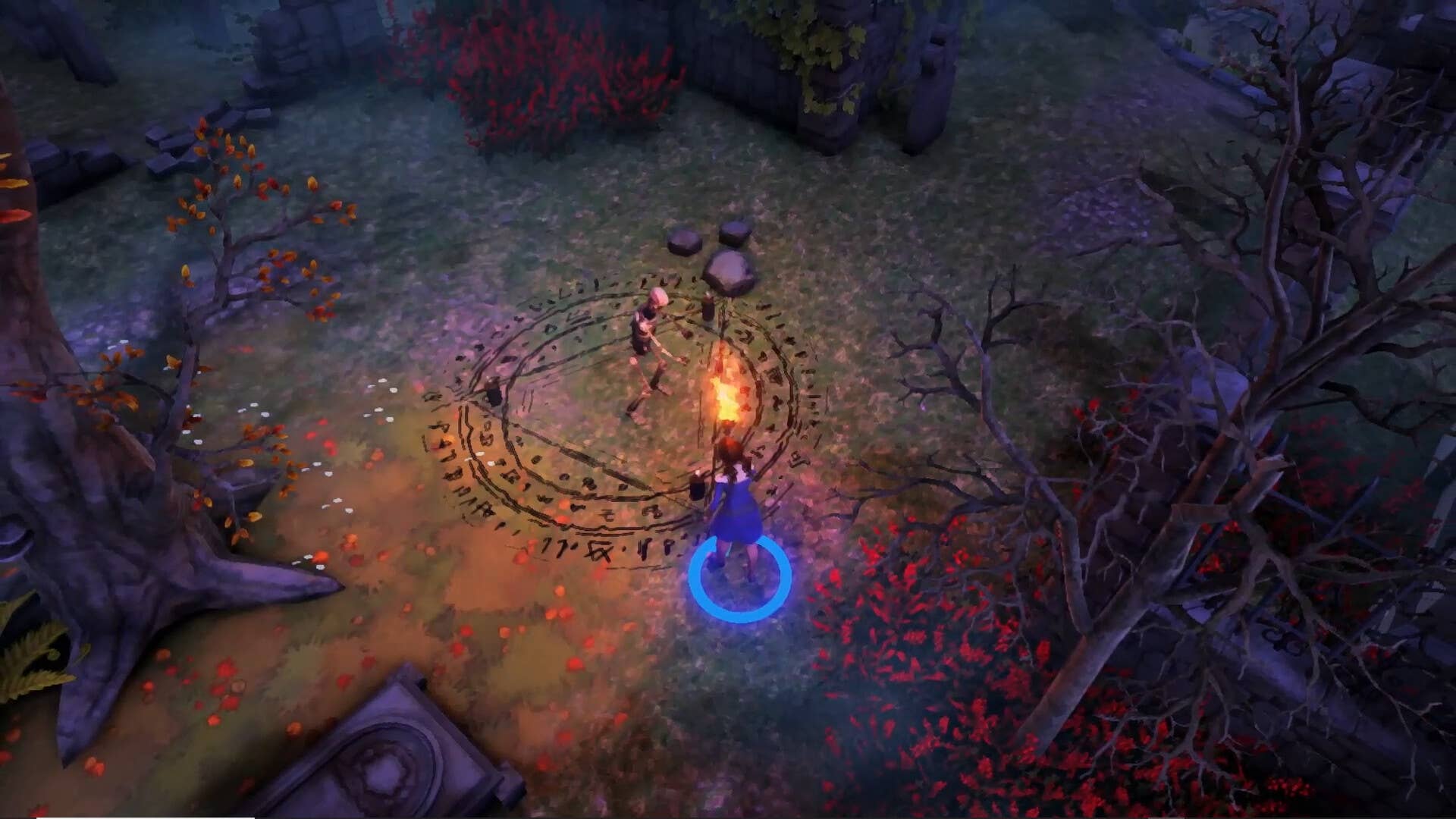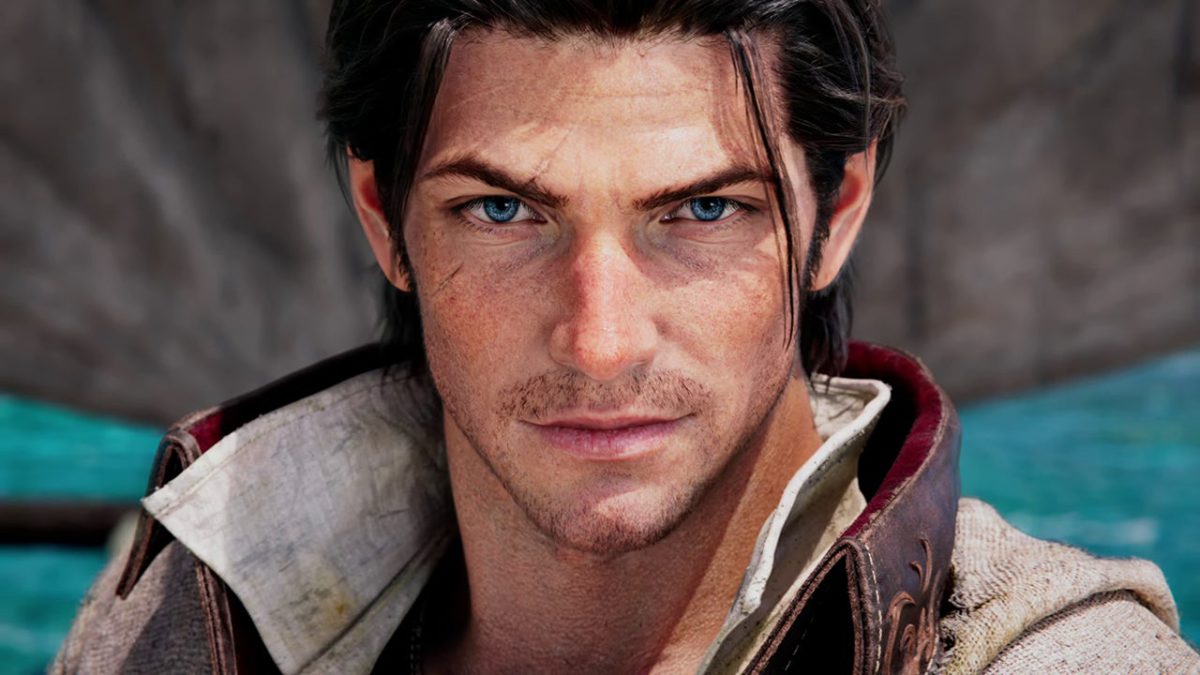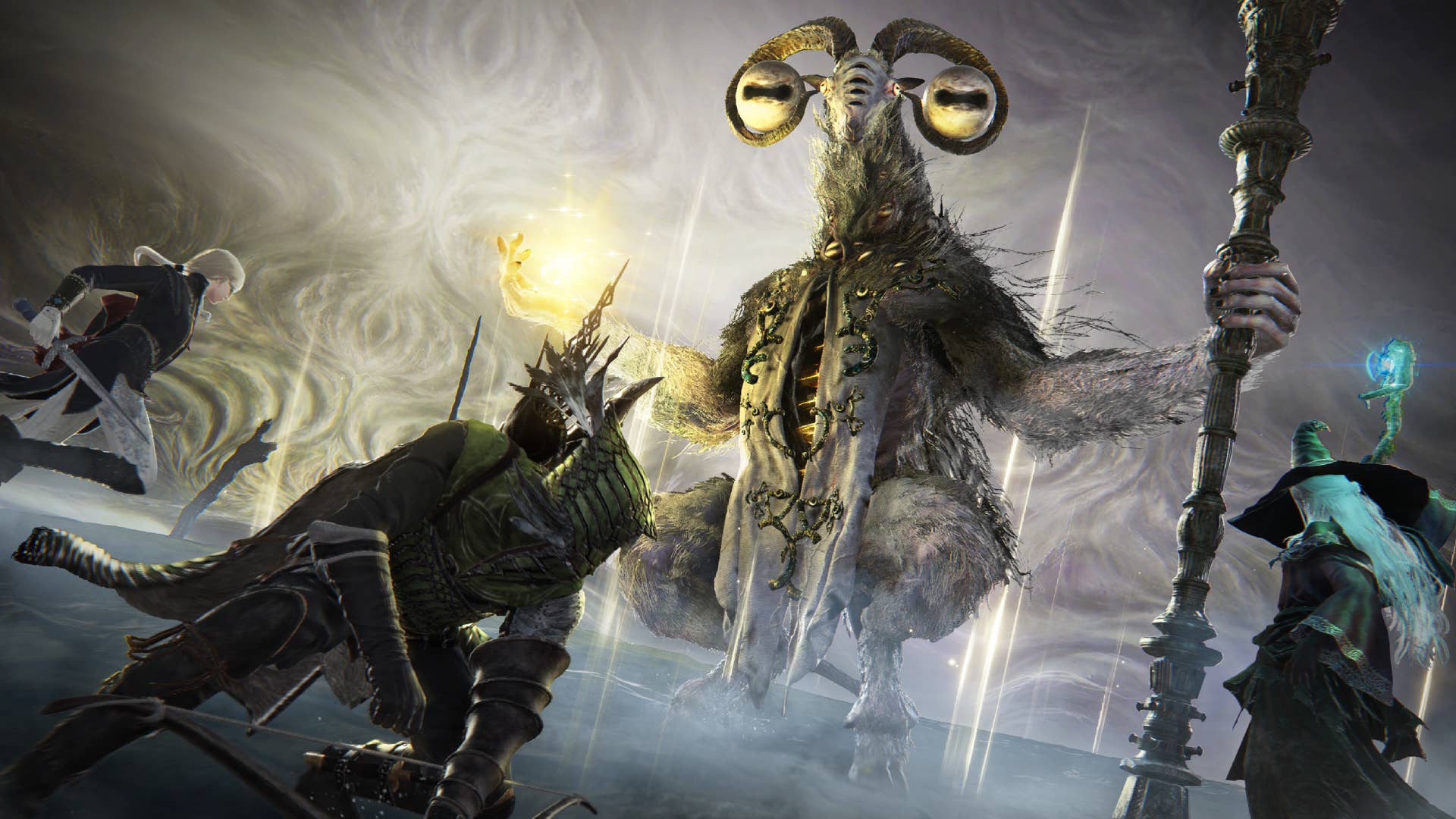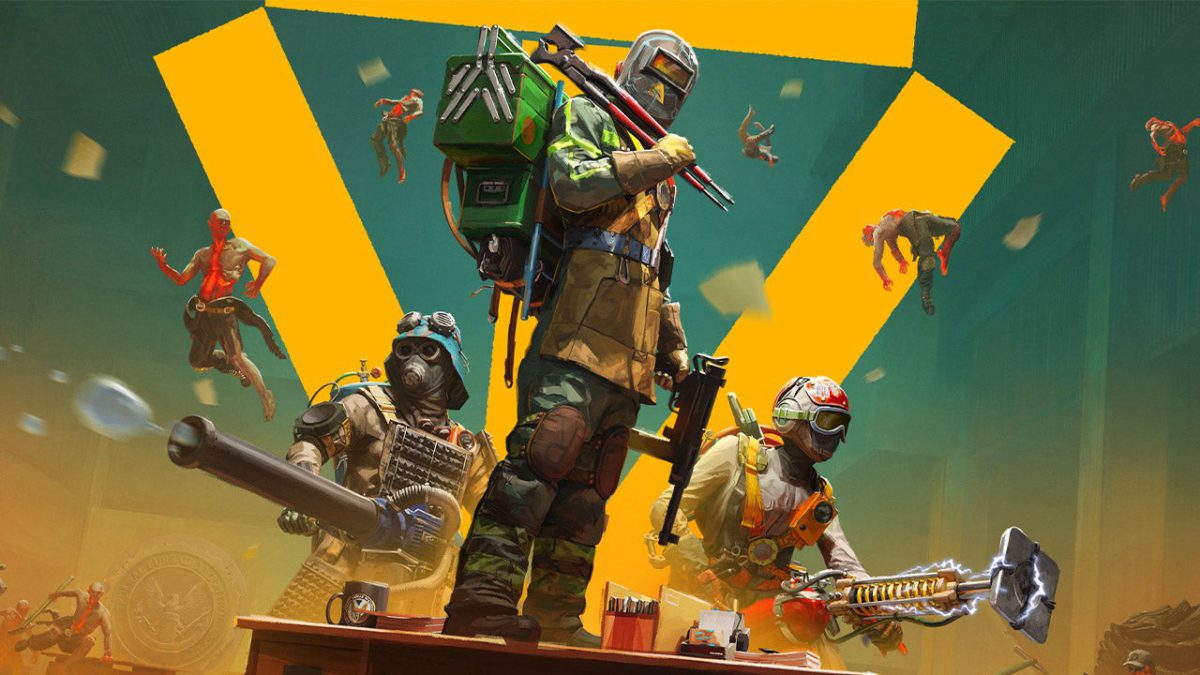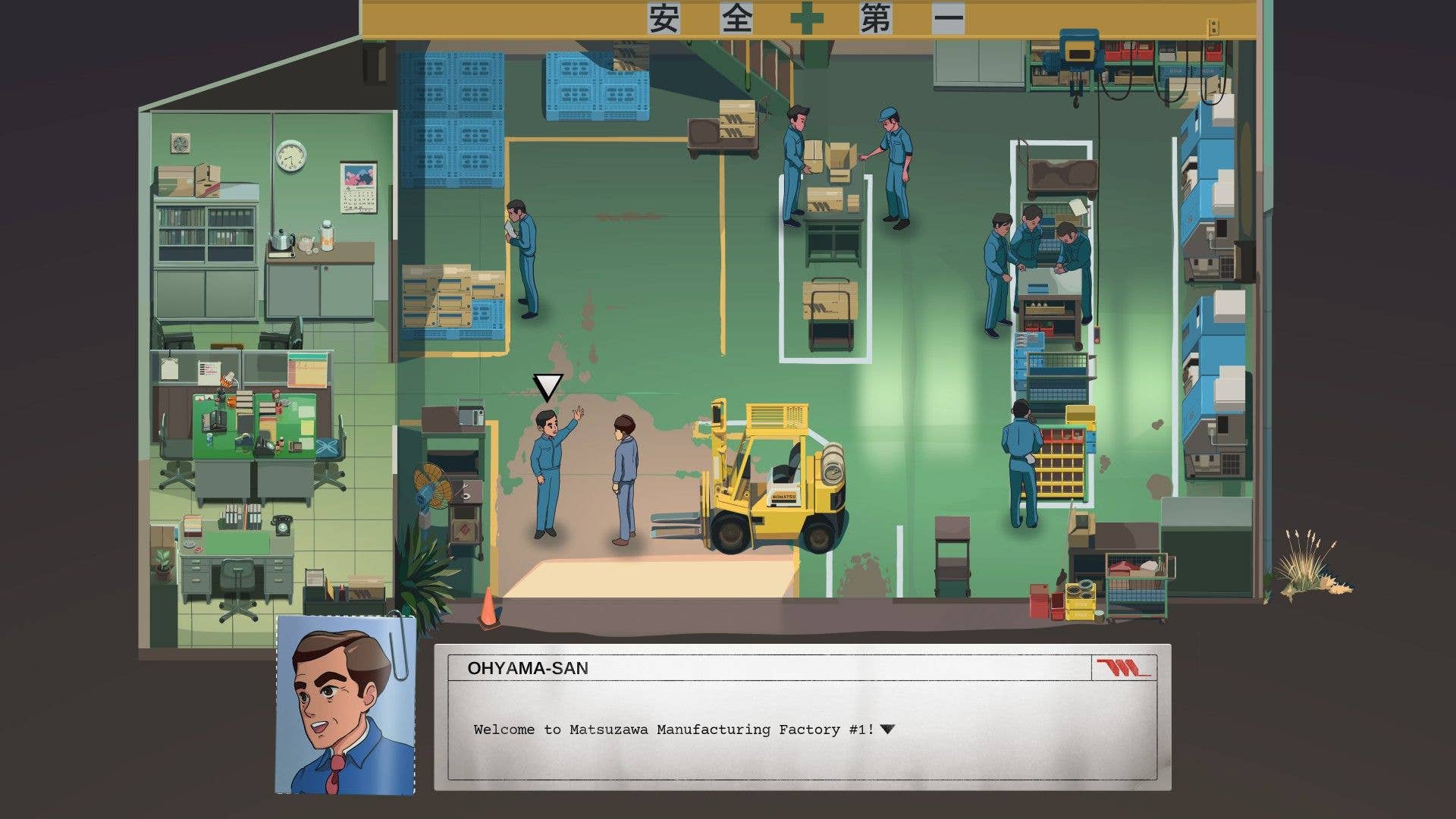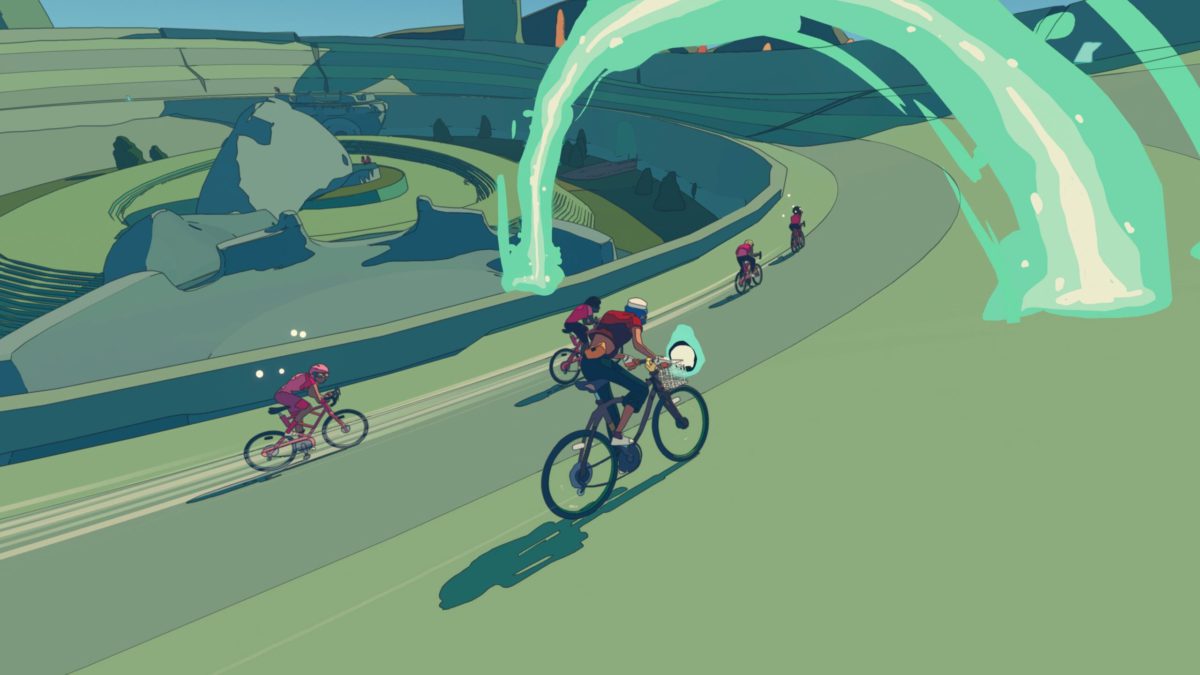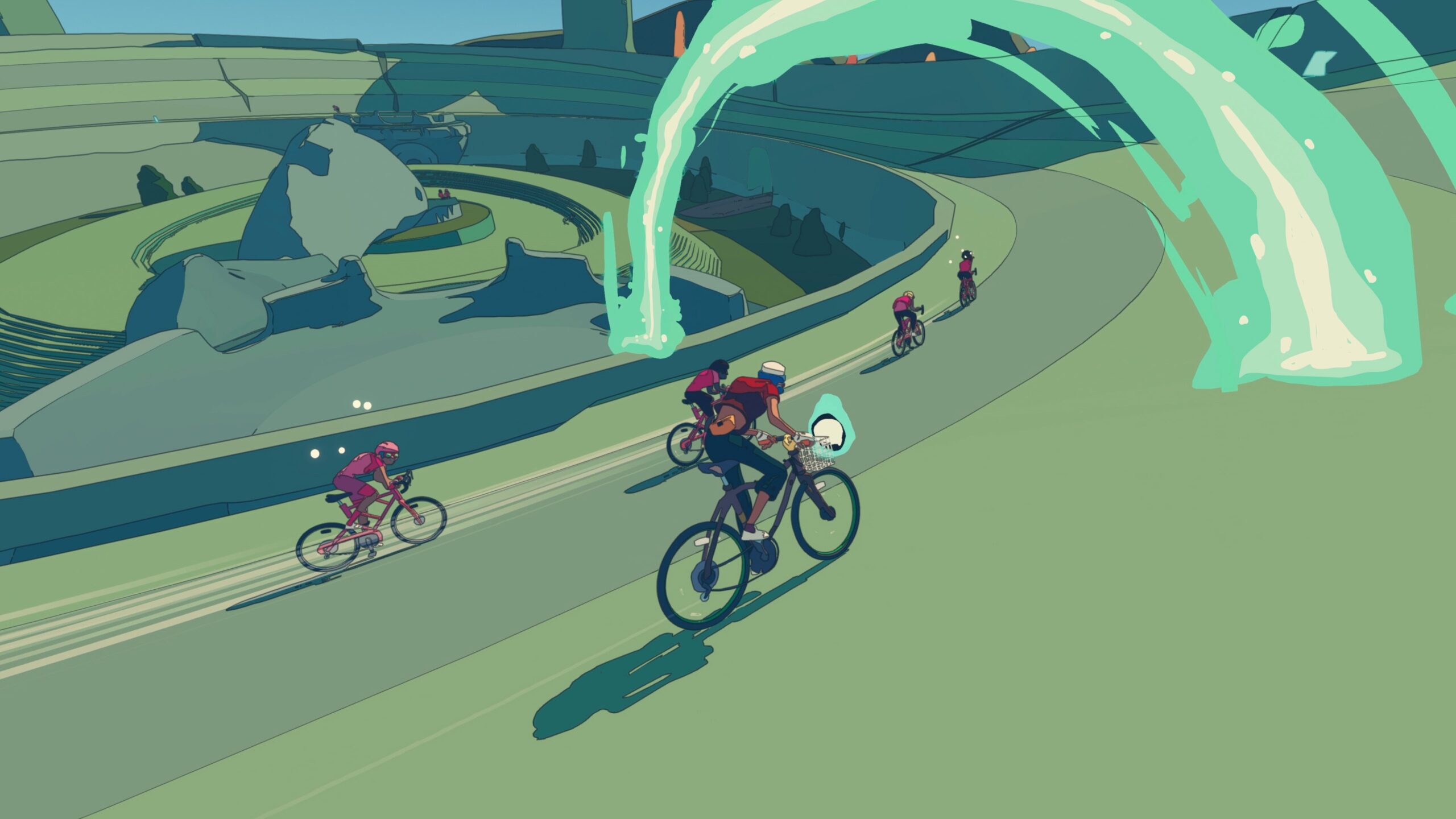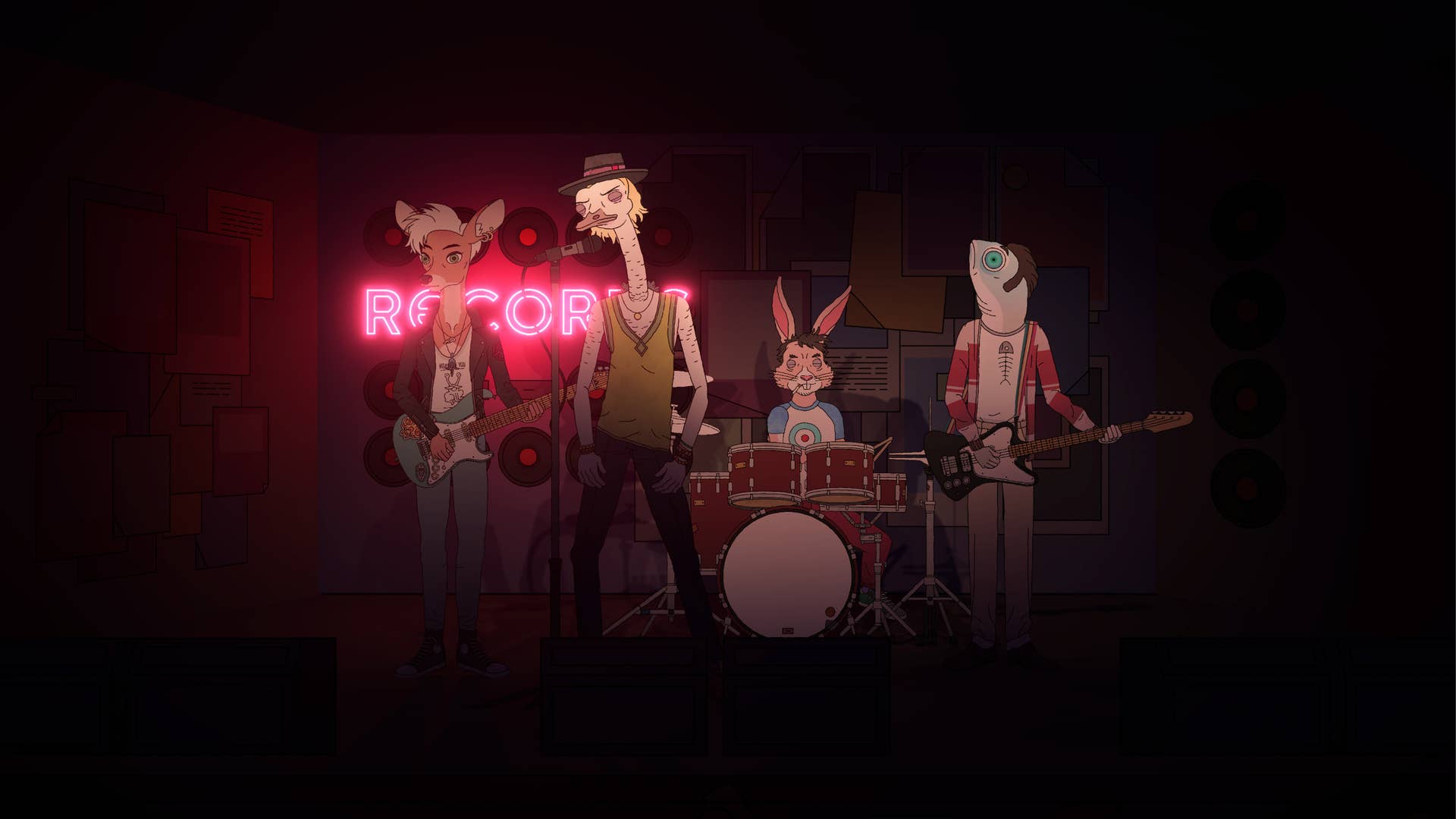If you are in the market for new art supplies or reliable travel charging gear, today’s deals bring a mix of both. Ohuhu’s 216-color and 168-color alcohol marker sets are available at $199.99 and $159.99, both offering refillable ink, smooth blending, and included carrying cases. On the charger front, UGREEN’s 65W USB C Charger Block is down to $29.99, while the CUKTECH No.20 140W Power Bank is available for $122.99. That one packs 25,000mAh capacity with PD 3.1 fast charging and a smart display, making it a solid pick for keeping laptops and phones powered up while traveling.
TL;DR: Deals For Today
You will also find discounts on ACEFAST’s open-ear workout headphones, GOOLOO’s 6000A jump starter, and two GameSir controllers (G7 Pro and the Super Nova) ideal for players bouncing between Switch, PC, and mobile gaming. OneOdio’s Focus A5 headphones round out today’s list with long battery life and LDAC wireless audio support. If you need power, portability, or some new creative tools, this is a good day to check prices.
Destined Rivals Elite Trainer Box
Whilst this ETB is out of stock currently on TCG Player, the current pricing on Amazon is a full dollar below market value. Granted, its above MSRP, but if you want this ETB sealed for your collection or to rip it open right now, this is the going rate.
Where To Buy Japanese Pokémon Cards
Japanese Pokémon TCG booster boxes have far better odds at pulling chase cards, have far less bulk and are often half the price of English booster boxes. This also mean said chase cards are worth significantly less, but Japanese cards are far easier to get perfect grades in given they’re always busting out of booster packs in perfect condition. Want a Pokémon card collection on a budget? Go for Japanese cards.
Pokémon TCG Mega Evolution Preorders
This is it, the beggining of a new expansion for Pokémon TCG. Best Buy have gone live with their preorder allocation for Mega Evolutions today, which mean Target and Walmart won’t be far behind. Here’s all the links you need and good luck trainers!
Pokémon TCG Price Updates
I can’t believe I’m writing this, but Amazon has quite a bit of sealed Pokémon TCG product for under market value. Whilst that unfortunately means it’s still way above MSRP, some of these sets are at the best prices they’ve been in the last month.
This Weeks Crashers and Climbers
Scarlet and Violet base set prices have been shifting noticeably ahead of the final sets Black Bolt and White Flare, with Psychic-type Illustration Rares like Ralts 211/198 and Kirlia 212/198 each climbing 28 percent this month while Gardevoir ex 245/198 now sits at $54.99 after a 25 percent jump. Miraidon ex and Koraidon ex are both trending upward as well, holding value around $23.99 each. At the same time several cards are sliding down as Fidough 213/198 dropped 15 percent, Armarouge 203/198 is down 11 percent, and Pachirisu 208/198 fell 19 percent. The steepest dips hit Dondozo 207/198 and Starly 221/198, now around $9.99 each after dropping 30 percent and 37 percent respectively, reflecting a market that is narrowing in on long-term playability and collector interest.
Last Weeks Crashers and Climbers
As newer Pokémon TCG sets grab the spotlight, Paradox Rift is seeing its high-rarity SIR ex cards drop in value while several Illustration Rares quietly climb due to shifting collector interest and low inventory. Cards like Altaria ex, Gholdengo ex, and Steelix have dropped between 16% and 25%, while Illustration Rares including Morpeko, Plusle, Minun, Groudon, and Iron Valiant ex are climbing fast, with Morpeko leading at a 43% increase. This mirrors earlier trends where less flashy cards gain traction as availability tightens.
MTG Edge of Eternities Preorders
Magic: The Gathering’s next set, Edge of Eternities, officially launches August 1 with preorders now live on Amazon for bundles including Play Booster Boxes, Commander Decks, and Collector Booster Boxes. Blending Magic’s iconic gameplay with science fantasy themes such as flying space whales and alien races, Edge of Eternities introduces four new mechanics: Void, Warp, Station, and Lander Tokens. Fan-favorite tribes like Eldrazi and Slivers return alongside reprints of coveted Shock Lands. Wizards of the Coast is gradually revealing more details, with a full card gallery arriving July 18 and prerelease events happening July 25 through 31, so now is the time to lock in your preorder if you want first access.
MTG Pricing Updates
It’s a bit of a mixed back for Magic: The Gathering prices this week, so it’s always worth double checking eBay before TCG Player and Amazon for a last minute bargain. Also, whoever thinks a Theros Beyond Death booster is worth north of $700 needs to have a word with themselves.
ACEFAST AceFit Pro Open-Ear Headphones
ACEFAST AceFit Pro Open-Ear Headphones are now available for $98.59, offering 22 percent off. These are designed for runners and cyclists who want to stay aware of their surroundings while listening to music. The open-ear design pairs with 40 bright LED lights for visibility at night, while a lightweight 7.8g frame makes them comfortable for all-day wear. Battery life stretches up to 30 hours, and the included charging case has a digital display so you always know how much power is left.
Ohuhu Brush Markers (216)
Ohuhu’s 216-Color Brush and Chisel Marker Set is down to $199.99. This set includes 216 alcohol-based colors plus a colorless blender, perfect for creating smooth blends and shading effects. The ink dries quickly and is refillable, giving these markers long-term use. Color-coded caps help keep everything organized and a carrying case is included to make storage and transport easier.
Ohuhu Alcohol Markers Brush Tip: 168
Ohuhu 168-Color Brush and Fine Tip Marker Set is now $159.99. This set focuses on detailed work with its brush and fine tip combination and includes 168 colors with a blend of bright and pastel shades. Like the larger set, these markers use refillable alcohol-based ink that blends cleanly without smudging. The included case keeps everything organized and easy to bring along for artists on the move.
OneOdio Focus A5
OneOdio’s Focus A5 Wireless Headphones are priced at $79.98 and offer Hybrid Active Noise Cancellation that reduces low-frequency noise by up to 98 percent. With support for Hi-Res LDAC audio, these headphones deliver cleaner sound quality for wireless listening. Battery life goes up to 75 hours on a single charge or 45 hours with ANC active. They also feature soft protein leather ear cushions and a USB-C wired mode for those who prefer a direct connection.
UGREEN 65W USB C Charger Block
UGREEN’s 65W USB C Charger Block is currently $29.99. This compact charger uses GaN technology to deliver fast charging speeds in a smaller size that fits easily into a travel bag. It comes with two USB-C ports and one USB-A port so you can charge multiple devices like a MacBook, iPhone, or Steam Deck all at once. This version features a Genshin Impact Kinich-themed colorway and offers foldable plugs for easier portability.
CUKTECH NO.20 140W Power Bank
CUKTECH No.20 140W Power Bank is priced at $122.99 with an extra coupon available at checkout. It holds 25000mAh of power capacity and supports PD 3.1 for high-speed charging on devices like MacBooks. A smart TFT display shows real-time information such as voltage and remaining battery. It also recharges itself quickly with 100W input, making it a good option for work trips or power users who need a compact high-capacity battery.
GameSir G7 Pro Tri-Mode
GameSir G7 Pro Tri-Mode Controller is priced at $79.99 today. It works across Xbox, PC, and Android, switching between wired, wireless, and Bluetooth modes using a physical toggle. With Hall Effect triggers, adjustable gyroscope controls, and swappable faceplates, this controller offers flexibility for players who game on multiple platforms. Its 1000Hz polling rate also ensures low latency performance when connected to PC or using the 2.4G wireless dongle.
GameSir Super Nova Wireless Gaming Controller
GameSir Super Nova Wireless Controller is available for $49.99 today. It is compatible with Switch, Switch 2, PC, Android, and iOS and features Hall Effect sticks and triggers to help prevent drift. It includes programmable back buttons, customizable RGB lighting, and a 1000Hz polling rate for smooth response times. You can also swap out the faceplate and customize the button layout using GameSir’s companion software.
GOOLOO 6000A Jump Starter
GOOLOO GT6000 Jump Starter is on sale for $139.99. This is not just a car jump starter but also a 27000mAh power bank with USB charging and a built-in flashlight. It delivers up to 6000A peak current to start vehicles with engines as large as 12 liters for diesel or all standard gas engines. Thanks to 100W fast charging support, it can power devices like MacBooks and recharge itself fully in around two hours, making it useful both at home and on the road.
Berserk Complete 1997 TV Series Blu Ray
I keep circling back to this version of Berserk. It doesn’t rely on flashy effects or modern polish; it’s rough, it’s grim, and that’s exactly the mood it needs. For under $40, having all 25 episodes in HD on disc feels like the easiest way to revisit it or finally get around to it if you’ve been putting it off.
Anker Nano Charging Station(100W Max)
I finally grabbed one of these a couple of months back because I was fed up with cable chaos on my desk. Two USB-Cs, a couple of USB-As, plus normal outlets all in one spot. Now I just plug everything in and get on with things instead of hunting for spare sockets. It’s just less hassle.
JBL Xtreme 3
I don’t need a speaker this loud most days, but when friends are over or I’m out in the garden, it’s worth having. It’s chunky, sure, but you get enough sound and bass out of it that nobody’s asking you to turn it up louder. Plus I don’t have to worry about a bit of rain or dust wrecking it.
39 Inch UltraGear OLED
Sitting in front of a curved OLED like this feels like moving up a level from your usual flat screen. I wouldn’t have thought 240Hz would make much difference until I tried it, now everything else feels sluggish by comparison. If I was looking to upgrade, this would be high on the list.
Samsung 990 EVO Plus SSD 2TB
I’ve swapped these into a couple of rigsnow, and it’s one of those upgrades where you notice the speed straight away. Big game installs or moving chunky files just don’t take as long anymore. For a couple minutes of swapping out a drive, the boost is kind of ridiculous.
Nintendo Switch 2 + Mario Kart World Bundle
Still struggling to get your hands on Nintendo Switch 2? The Mario Kart World bundle is available on Amazon right now, but it’s invitation only. Make sure to request one, you’ve got nothing to loose. Unlike most invitation only products, Amazon was quite responsive when preorder invitations rocked up, so fingers crossed this is your golden ticket.
SanDisk® 512GB GamePLAY microSD Express Card
A $35 saving on a Micro SD card is a cracking deal right now, and will come in handy whilst trying out your OG Switch library on your brand new Nintendo Switch 2. These cards also guarantee fantastic performance playing Nintendo Switch 2 games, so it’s a win-win.
Superman (2025) (4K Ultra HD Steelbook)
Superman 2025 is arguably DC movies returning back to form, not to mention Krypto being a good boy. It’s already sold out once on Amazon, so get your preorder in whilst it’s still available, I think this will be a gem in anyone’s steelbook collection.
USB Type-C to A Cable 5 pack
More than 50% off a pack of five USB a to C cables? Yes please. These are always handy to have around, and no one wants to pay out of the nose for USB cables.
INIU Portable Charger 10000mAh 45W
This is ideal for carrying around when you’ve forgot to stick your phone on charge overnight, 45W is more than enough power to charge anything whilst using it, from phones to Nintendo Switch 2. So who can argue for $12?
TCL – 55″ QM6K Series
144Hz refresh rate on a 4K HDR QD Mini LED 55″ screen for under $450? There you go, that’s all the selling this TV needs. TCL have a hell of a reputation for undercutting big brand TV names, and this deal is no different.
INIU 140W Power Bank
Need serious power on the go? INIU’s 140W PowerNova Power Bank delivers laptop-level charging with a massive 27,000mAh capacity that is airline approved. Charge up to three devices at once via two USB-C ports and one USB-A, including a dedicated 140W PD 3.1 output to top off a MacBook Pro 16″ to 59% in just 30 minutes. The smart LED display shows real-time battery status, so you’re never guessing. Includes a USB-C cable, travel pouch, and INIU’s industry-leading 3-year warranty.
Fitbit Charge 6 Fitness Tracker
The Fitbit Charge 6 makes tracking your health and workouts easier and more connected than ever, with 40+ exercise modes, built-in GPS, 24/7 heart rate monitoring, and YouTube Music controls. Link it to compatible gym equipment to see your stats live as you move. It comes with both small and large bands, a sleek porcelain and silver finish, and a 6-month Fitbit Premium membership for deeper insights. Charge 6 works with both iOS and Android, and pairs perfectly with other Google products like Pixel Buds Pro 2.
Personal Fan with LED Display
Stay cool anywhere with TUNISE’s wearable neck fan, featuring a whisper-quiet motor and three adjustable speeds up to 4100 RPM. Its 5200mAh battery delivers up to 12 hours of cooling, while the clear LED display keeps tabs on battery life and fan speed. With a foldable, adjustable-angle design, this bladeless fan is as portable as it is stylish.
9-Outlet Anker 332 USB C Power Strip Surge Protector
Simplify your workspace with Anker’s 332 USB C Power Strip, packing six outlets, USB-C 20W Power Delivery, and Anker’s signature 8-Point Safety System. It protects against surges, fire risks, and overloads while keeping your devices topped up. The 5-foot cord and compact three-sided outlet design make it easy to fit anywhere in your home or office setup. Reliable charging meets smart safety in one sleek package.
INIU USB C Charger Block x 2
Charge two devices at once with INIU’s 30W dual-port USB-C charger set. Featuring GaN tech for cooler, safer charging, each block is 30% smaller than standard chargers and comes with foldable plugs for easy travel. Power up an iPhone 16 to 71% in just 30 minutes or juice up a MacBook Air with ease. This set includes two 60W USB-C cables, a user manual, and INIU’s industry-leading 3-year warranty for peace of mind.
Yu-Gi-Oh! Early Days Collection (Switch)
I picked up the Yu-Gi-Oh! Early Days Collection for Switch and it’s been a solid throwback to the old Duel Monsters days. I grew up playing these games, so jumping back in with the ability to duel online and unlock classic cards feels pretty great. The save-anywhere feature makes it easy to squeeze in a match during a break and come back to it later. I also like that you can rewind or fast forward during duels which makes testing out new strategies a lot more flexible.
Superman (Blu-ray + Digital)
I was hoping to grab the steelbook edition of Superman but it looks like that’s already sold out. The standard Blu-ray is still available though if you’re just looking to watch the movie without the collectible packaging. James Gunn delivers a Superman story that feels fresh while staying true to the character. There’s a solid balance of action, humor, and heart, and it sets a strong tone for what’s next in the DCU. If you’re into superhero movies that keep things grounded while still feeling big and cinematic, this one’s worth picking up.
Split Fiction (PS5)
I grabbed Split Fiction on PS5 recently and it’s been a great pick for co-op sessions. We gave it a 9 out of 10 and after playing it I can see why. It focuses on split-screen teamwork where you and a partner have to sync your actions to clear each challenge. I really like how each level introduces new mechanics and switches between sci-fi and fantasy settings so it never feels repetitive. Mio and Zoe’s story adds some extra depth too since they do not get along at first but that dynamic makes the whole adventure feel more personal as things ramp up.
Apple AirPods Pro 2 Wireless Earbuds
AirPods Pro 2 are one of those earbuds I keep noticing for their mix of sound quality and thoughtful features. At $199, they offer a strong balance of value and performance. The active noise cancellation blocks out a lot of background noise while adaptive audio automatically adjusts based on your surroundings. You get four sizes of silicone tips for a customizable fit, and once those are set they stay comfortable even through longer listening sessions. The personalized spatial audio and hearing aid features add extra depth, giving them more flexibility than just a standard pair of wireless earbuds.
DRAGON QUEST III HD-2D Remake (Switch)
DRAGON QUEST III HD-2D Remake caught my attention for how it brings that classic RPG feel into a modern format. At $34.99, it’s a pretty big discount compared to the usual price, which makes it an easy pick if you’ve been waiting to try it. The HD-2D visuals really stand out with that mix of pixel art and depth that makes the world feel fresh but still familiar. Battles stick to the traditional turn-based system but with small updates like adjustable speed and auto-battle, so it doesn’t feel stuck in the past. The soundtrack ties it all together with that same timeless vibe DRAGON QUEST fans already know.
The Lord of the Rings Illustrated (Tolkien Illustrated Editions)
The Lord of the Rings Illustrated Edition feels like more than just a regular hardcover. At $30.07 it is a big drop from the usual $90 which makes it a sound deal. What really sets this edition apart are the illustrations with Tolkien’s own drawings maps and sketches included throughout. The full text is printed in red and black ink and there are details like sprayed edges and a ribbon bookmark that make it feel more like a collector’s item.
Suikoden I & II HD Remastered (Switch)
Suikoden I & II HD Remastered at $48.31 for the Day One Edition is an essential pickup for JRPG fans. The updated pixel art looks sharp without losing the original style and the new environmental sounds add a little more atmosphere as you move through towns and dungeons. Fattle fast forward and auto-save features make revisiting these games more modern and easier to play in shorter sessions.
Christian Wait is a contributing freelancer for IGN covering everything collectable and deals. Christian has over 7 years of experience in the Gaming and Tech industry with bylines at Mashable and Pocket-Tactics. Christian also makes hand-painted collectibles for Saber Miniatures. Christian is also the author of “Pokemon Ultimate Unofficial Gaming Guide by GamesWarrior”. Find Christian on X @ChrisReggieWait.

